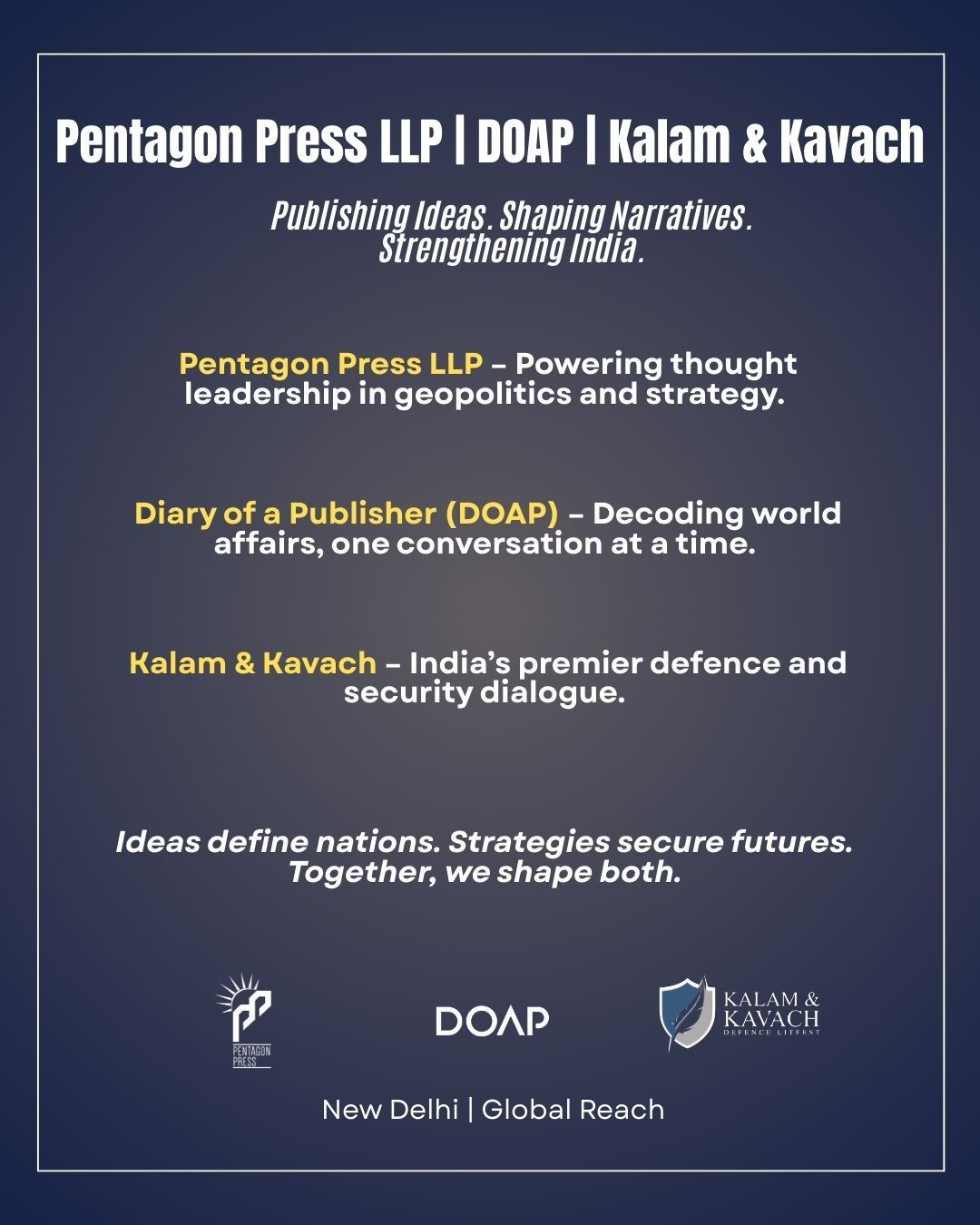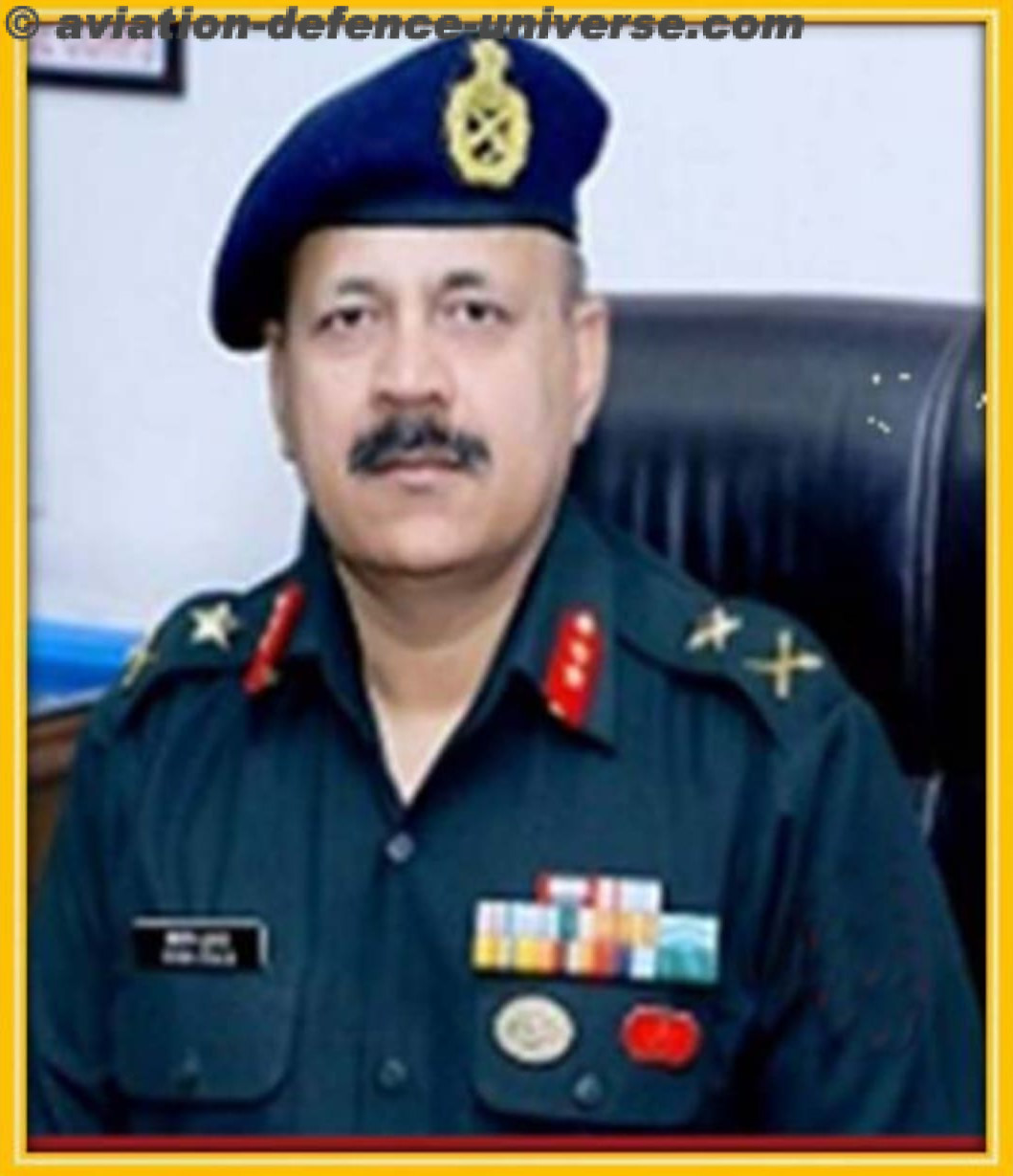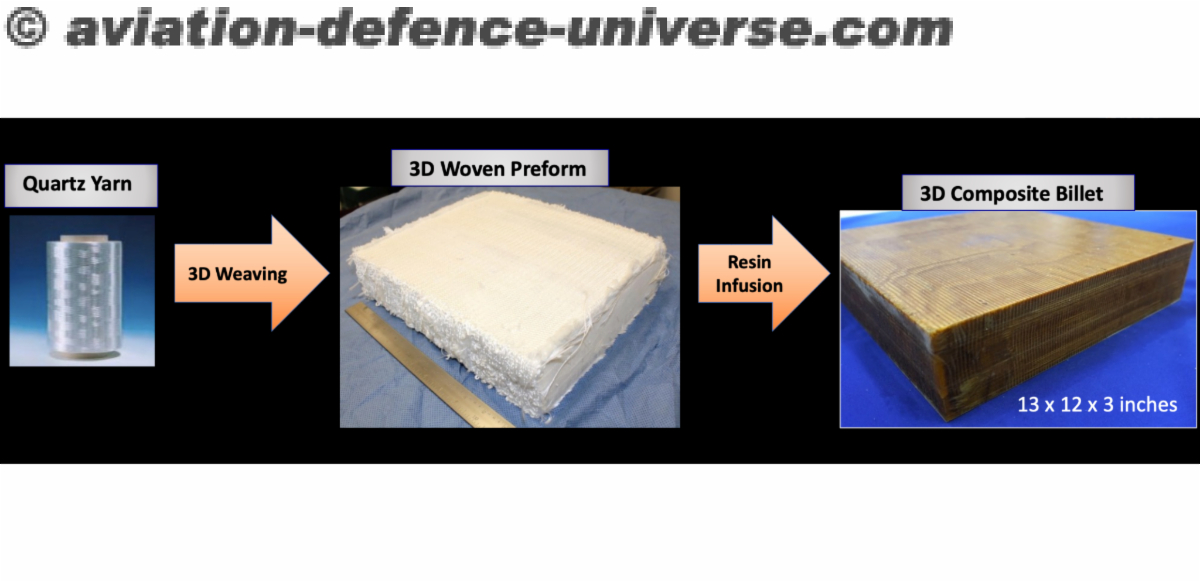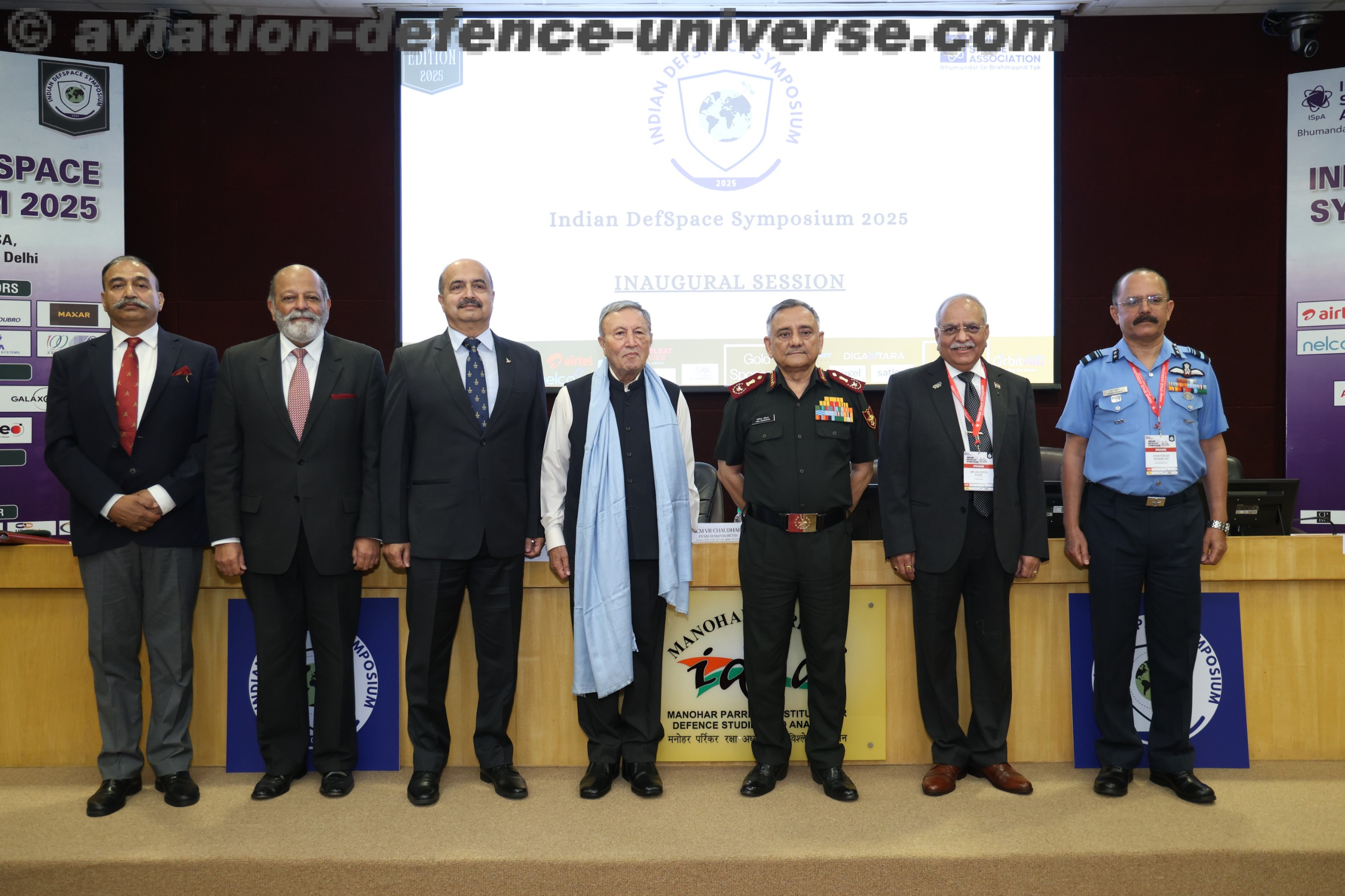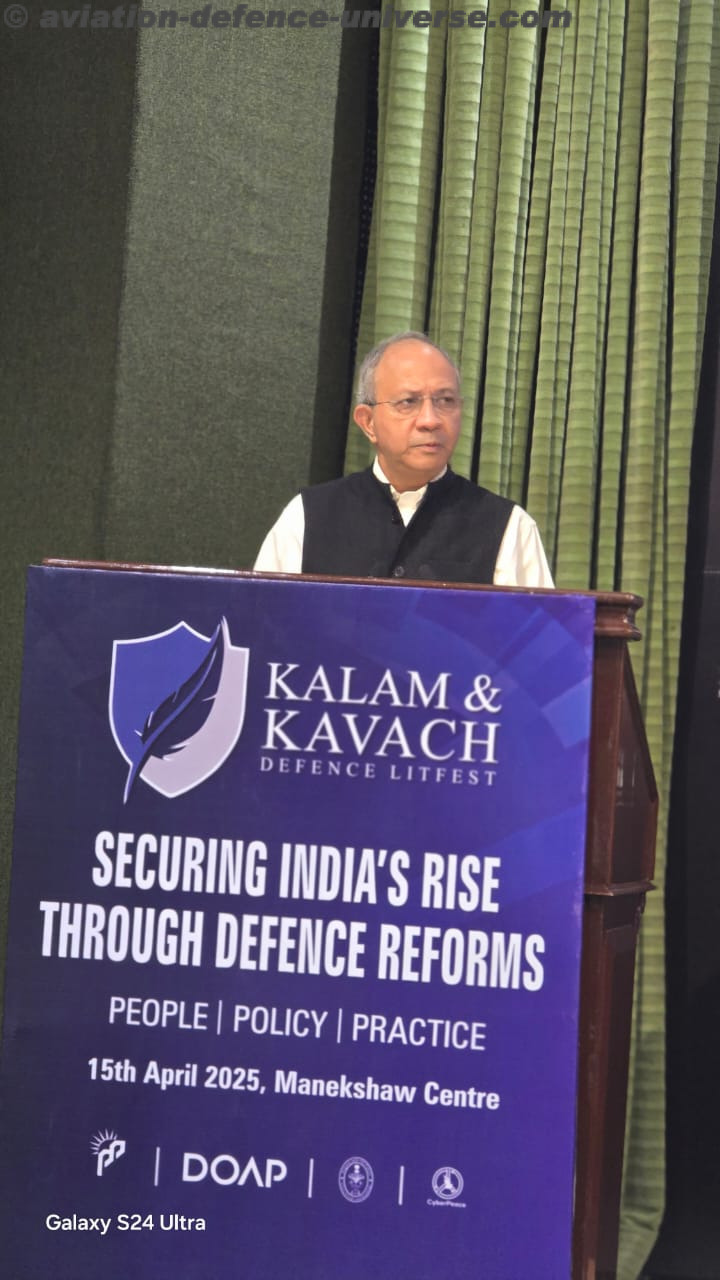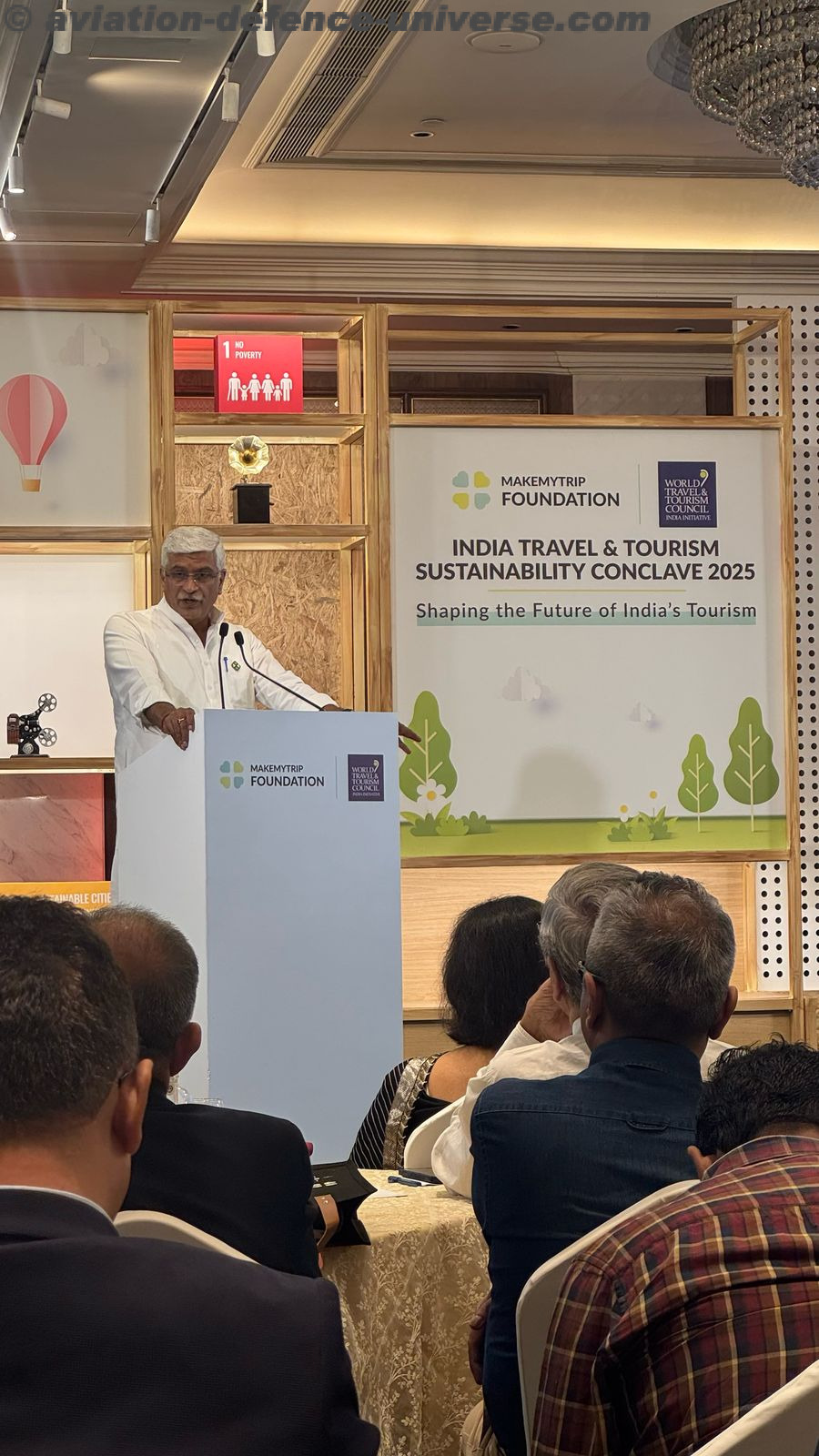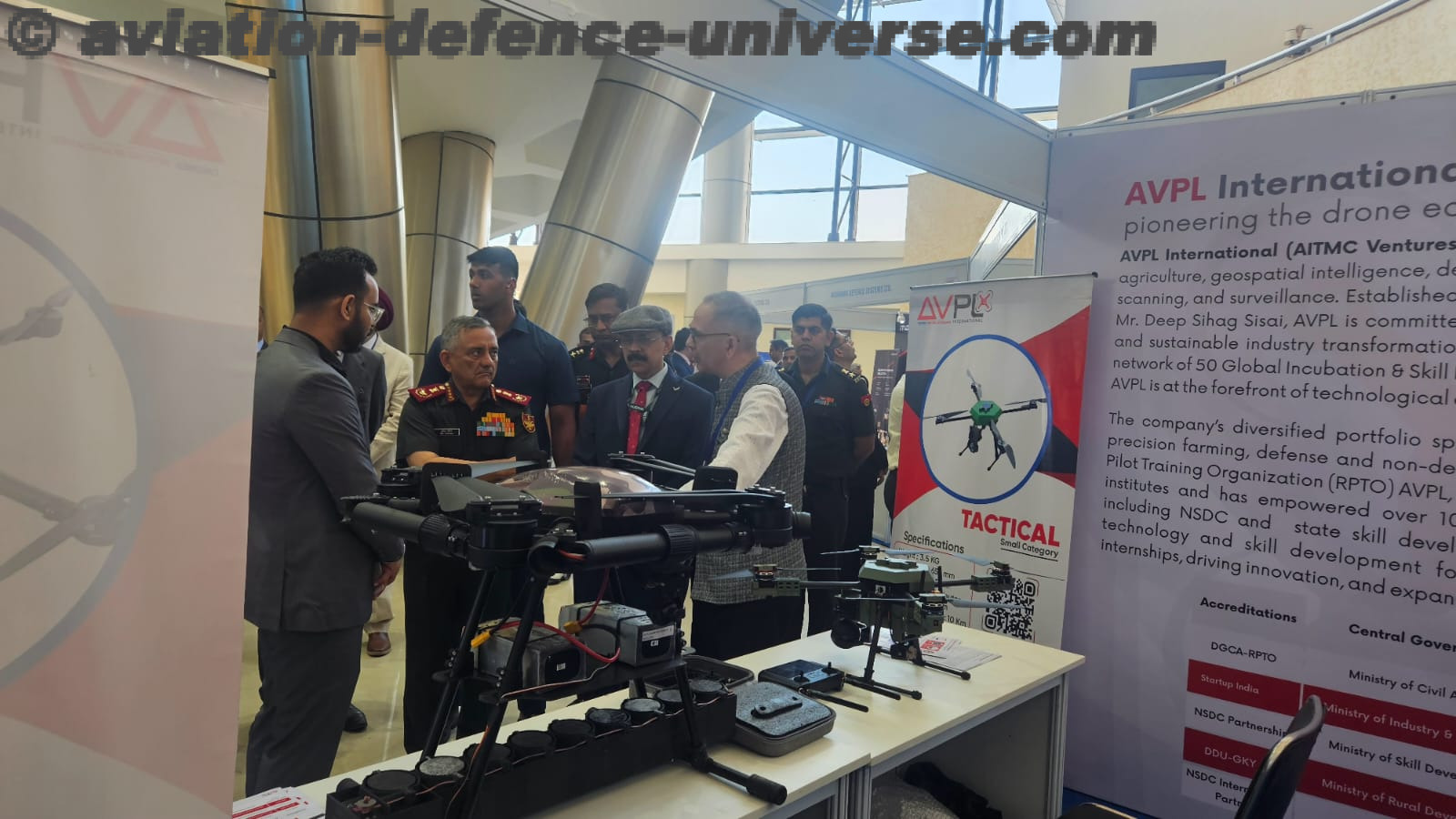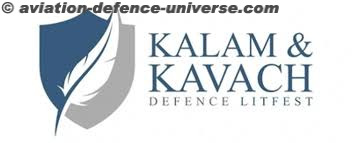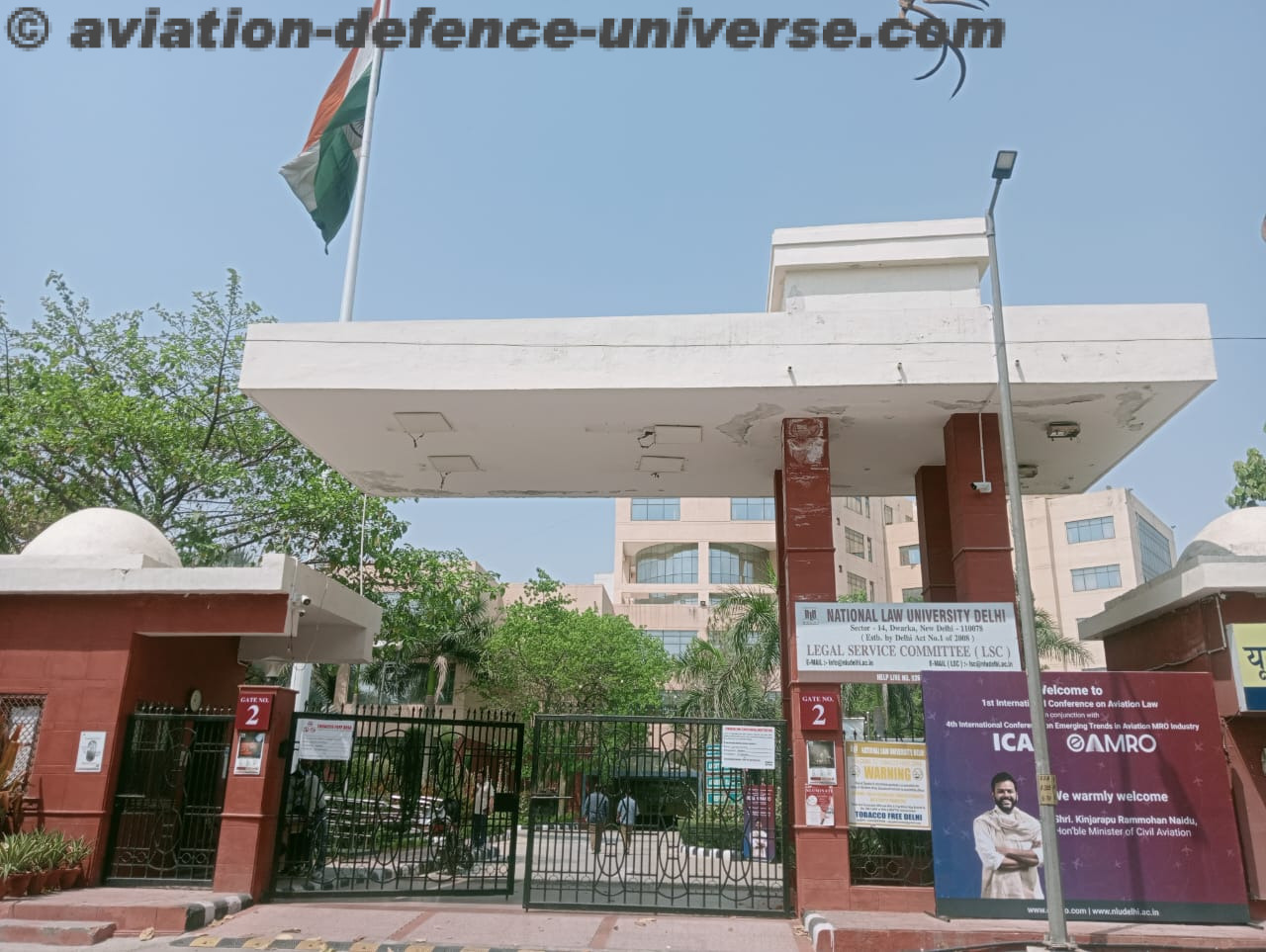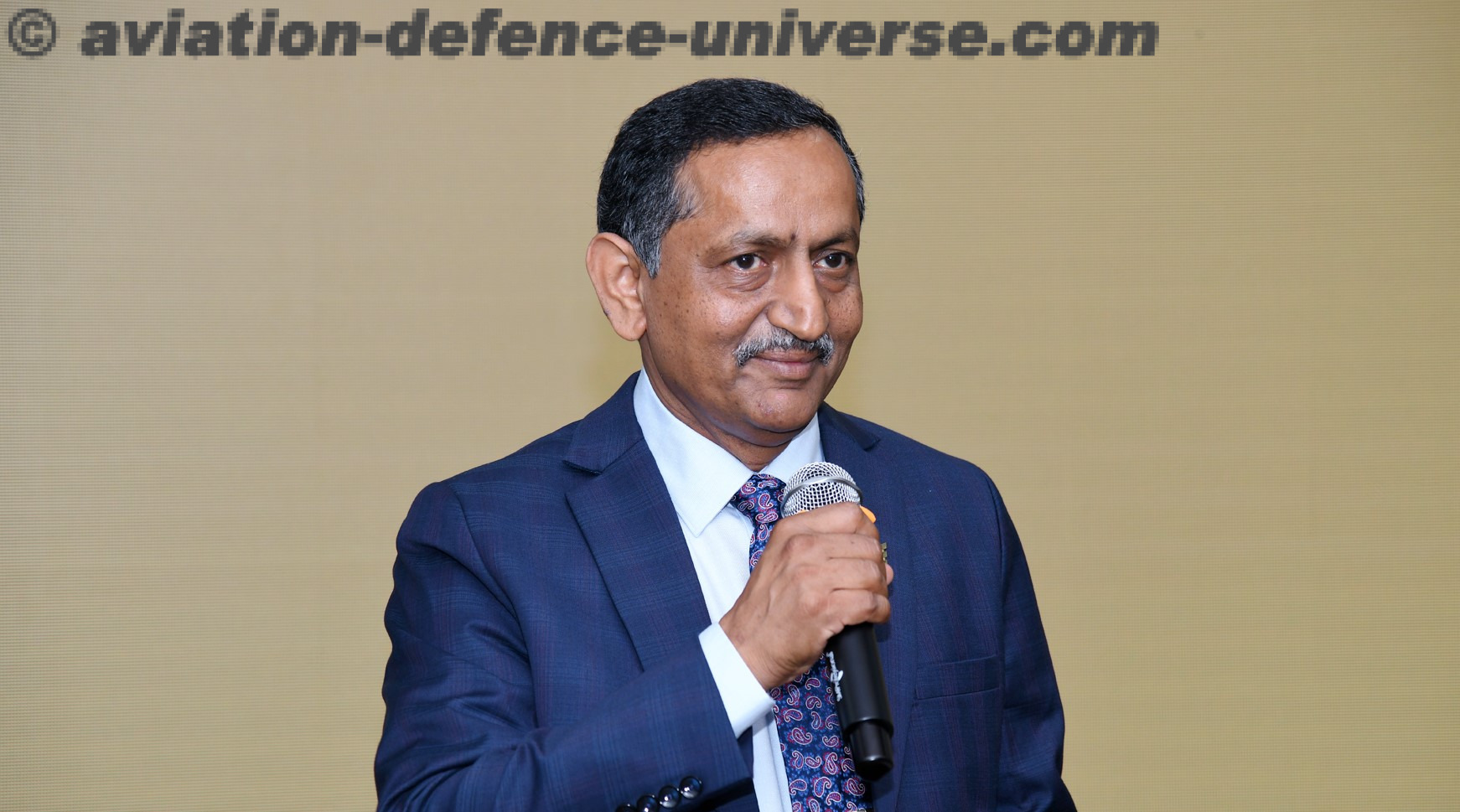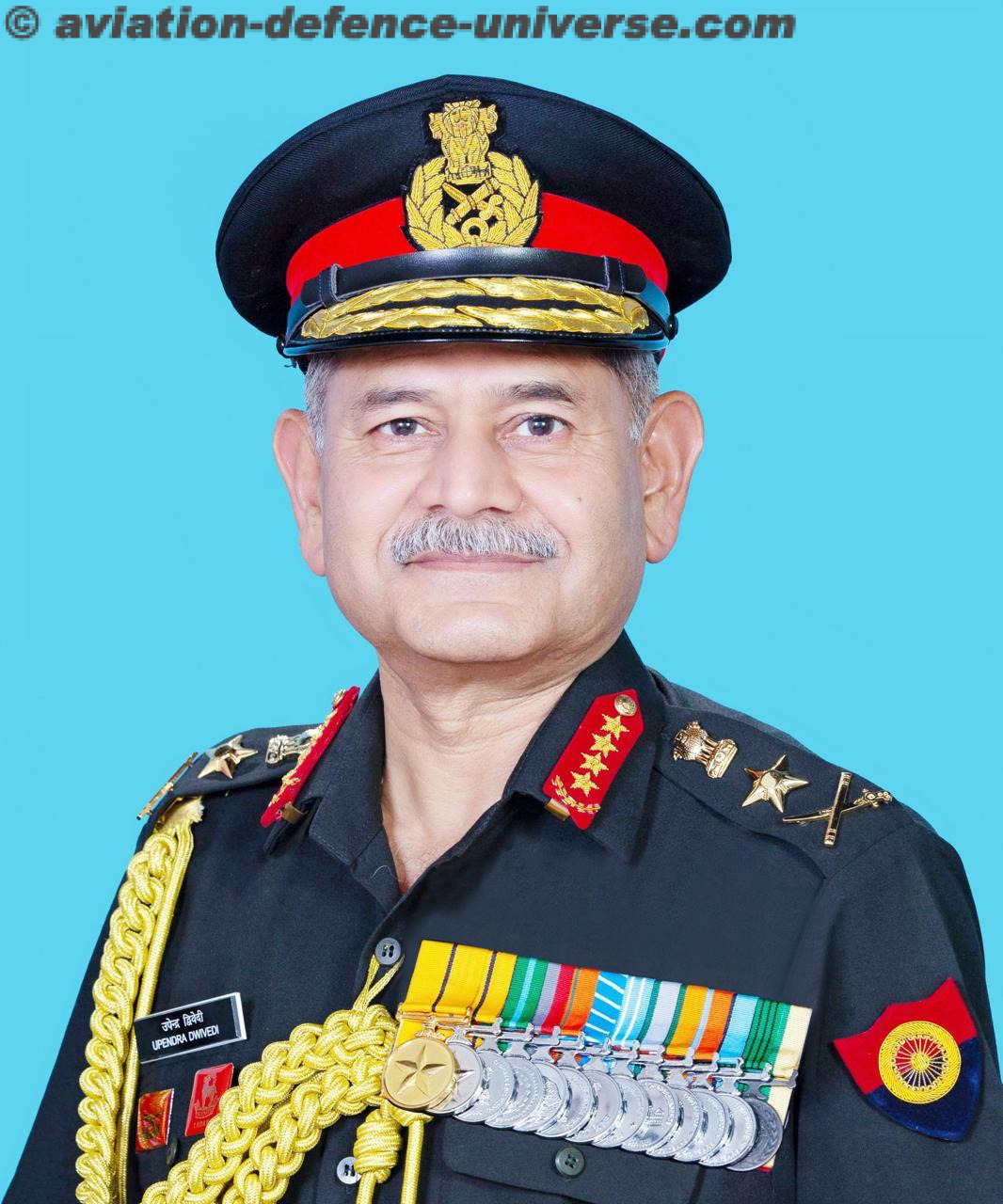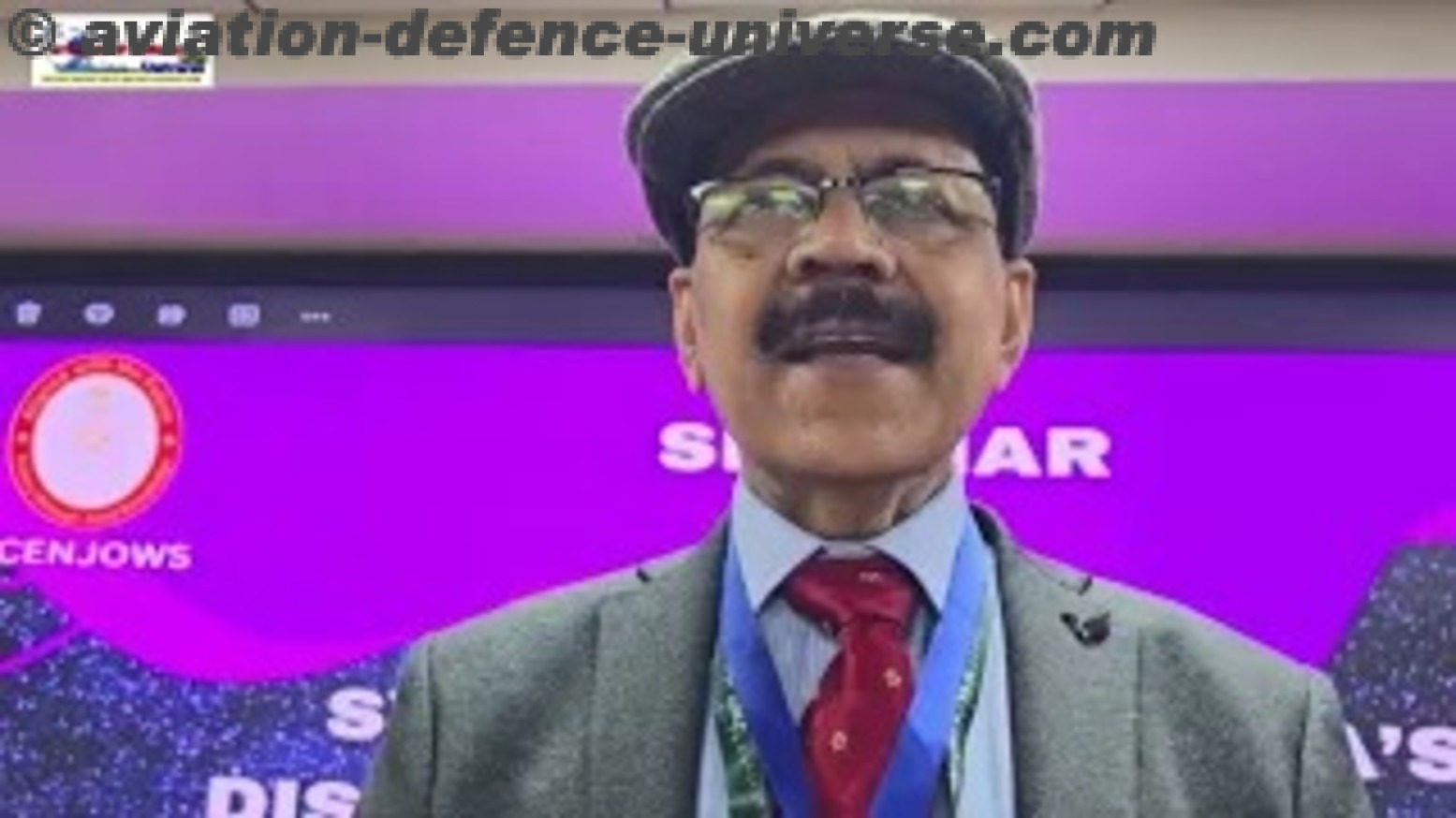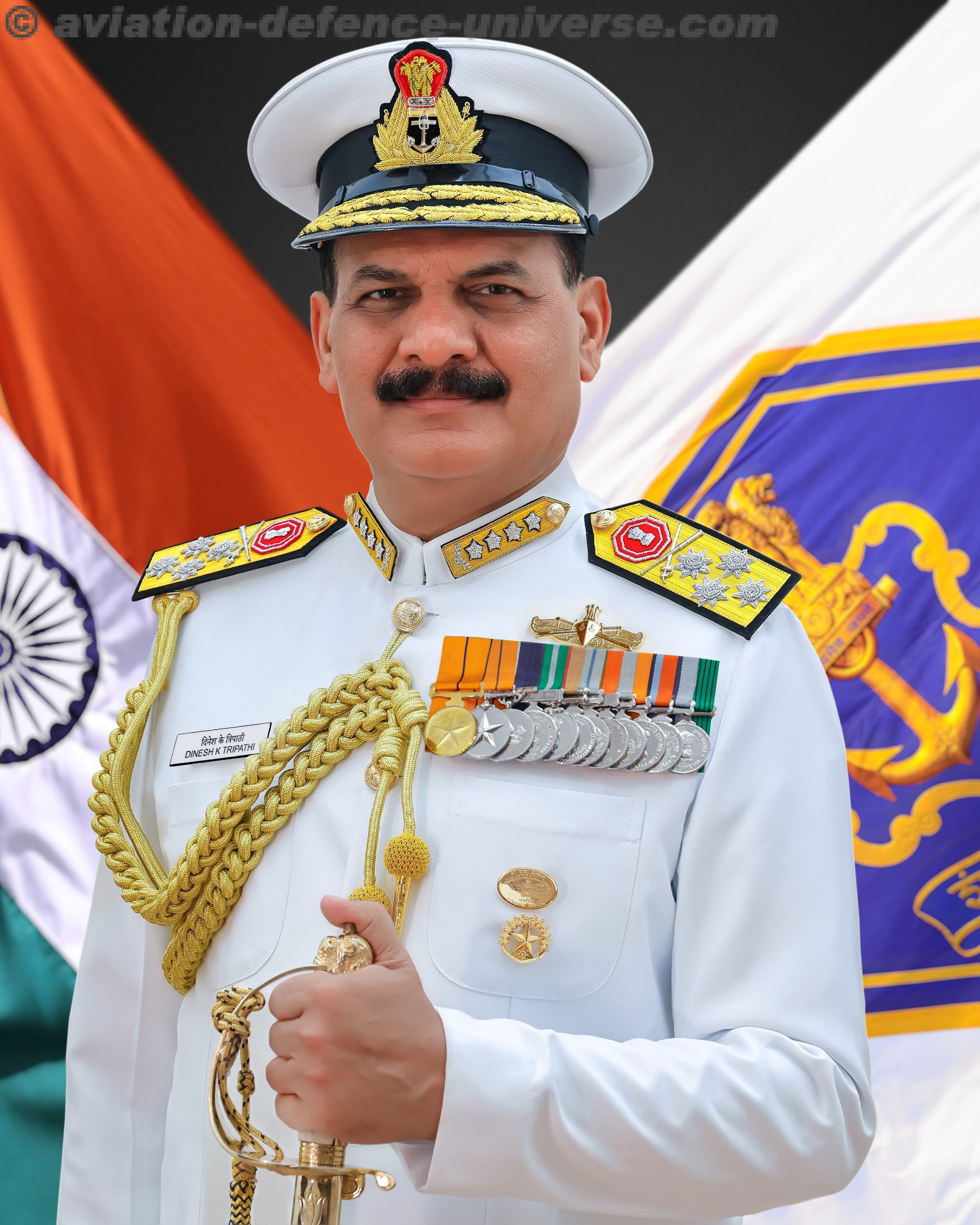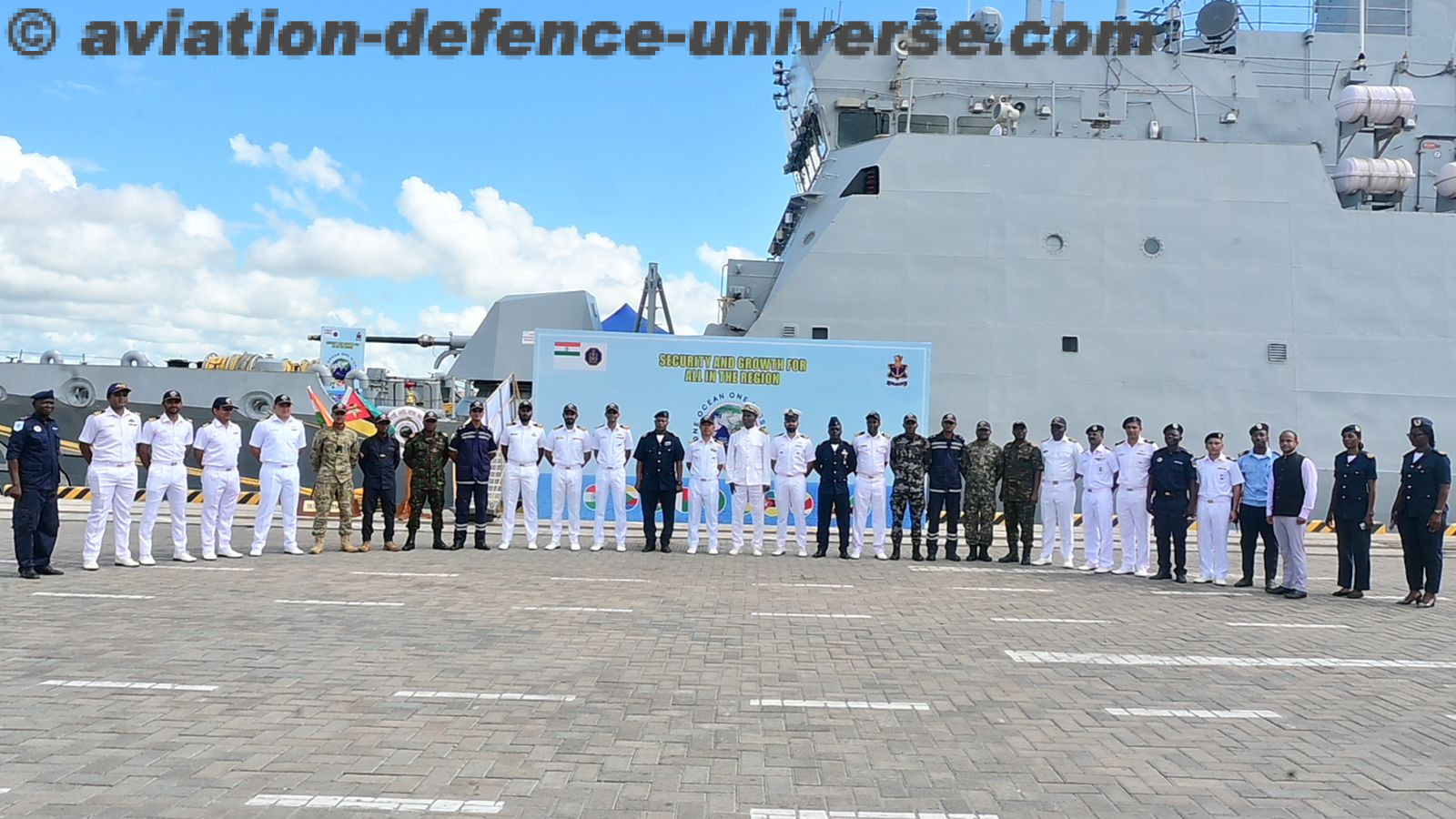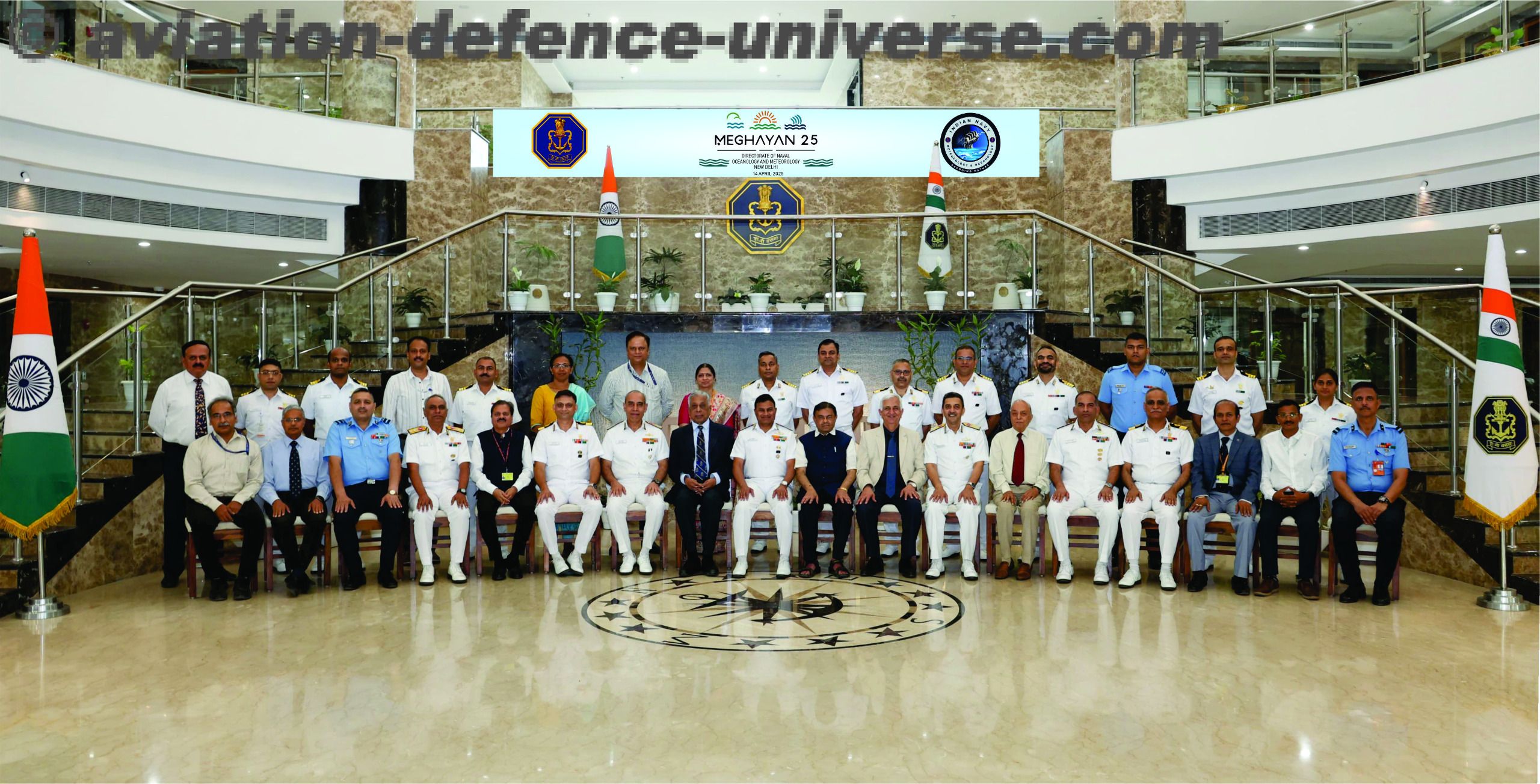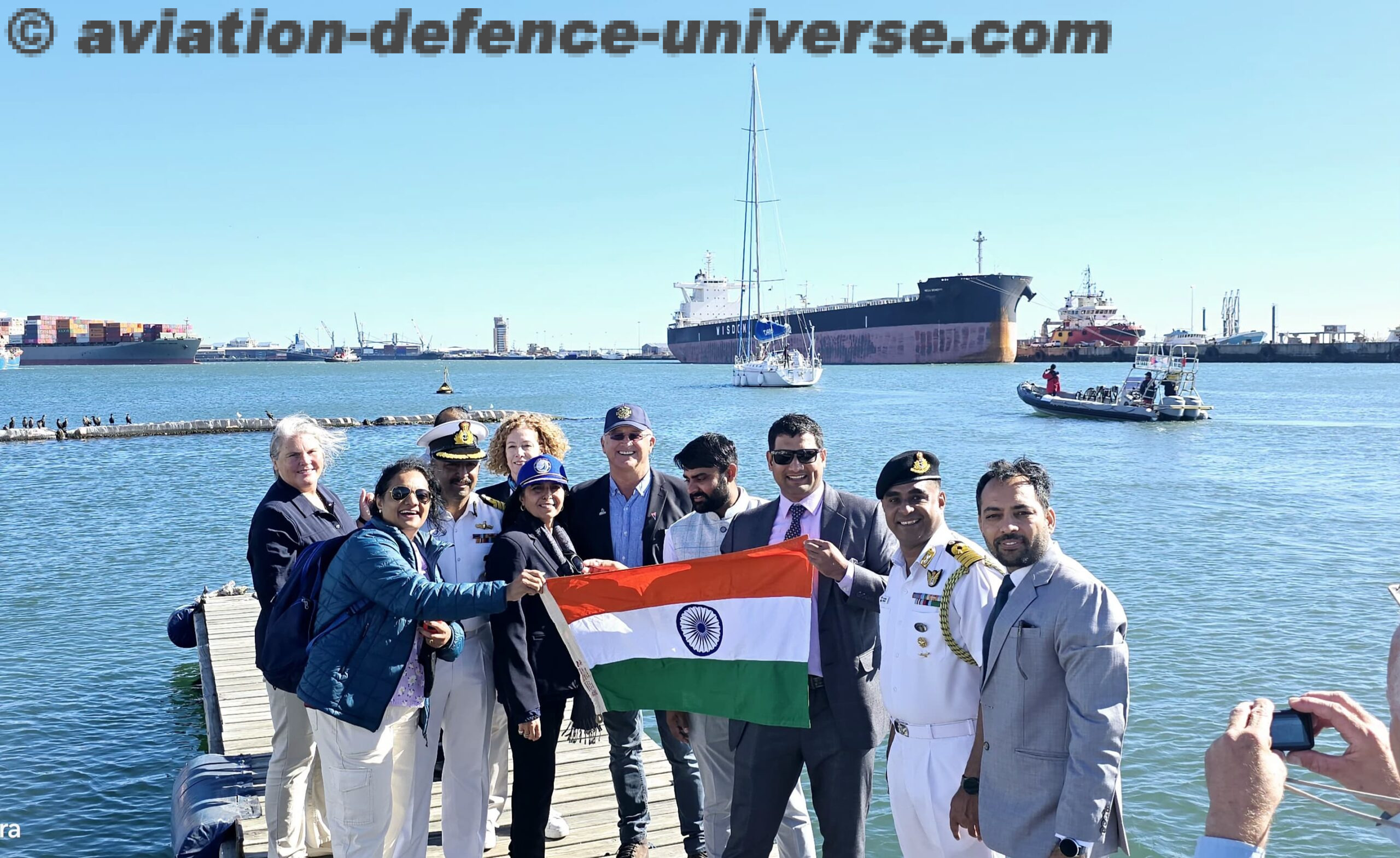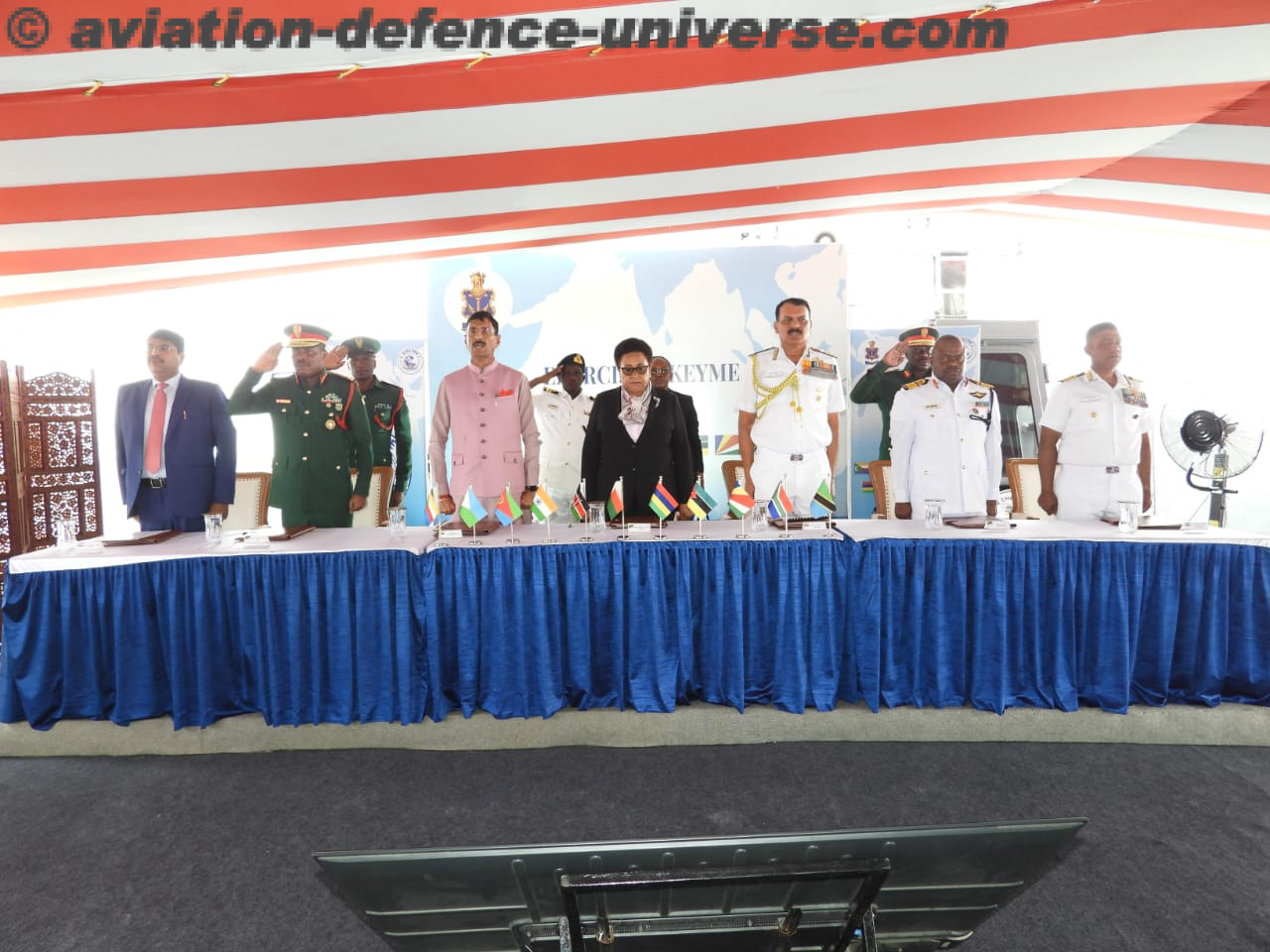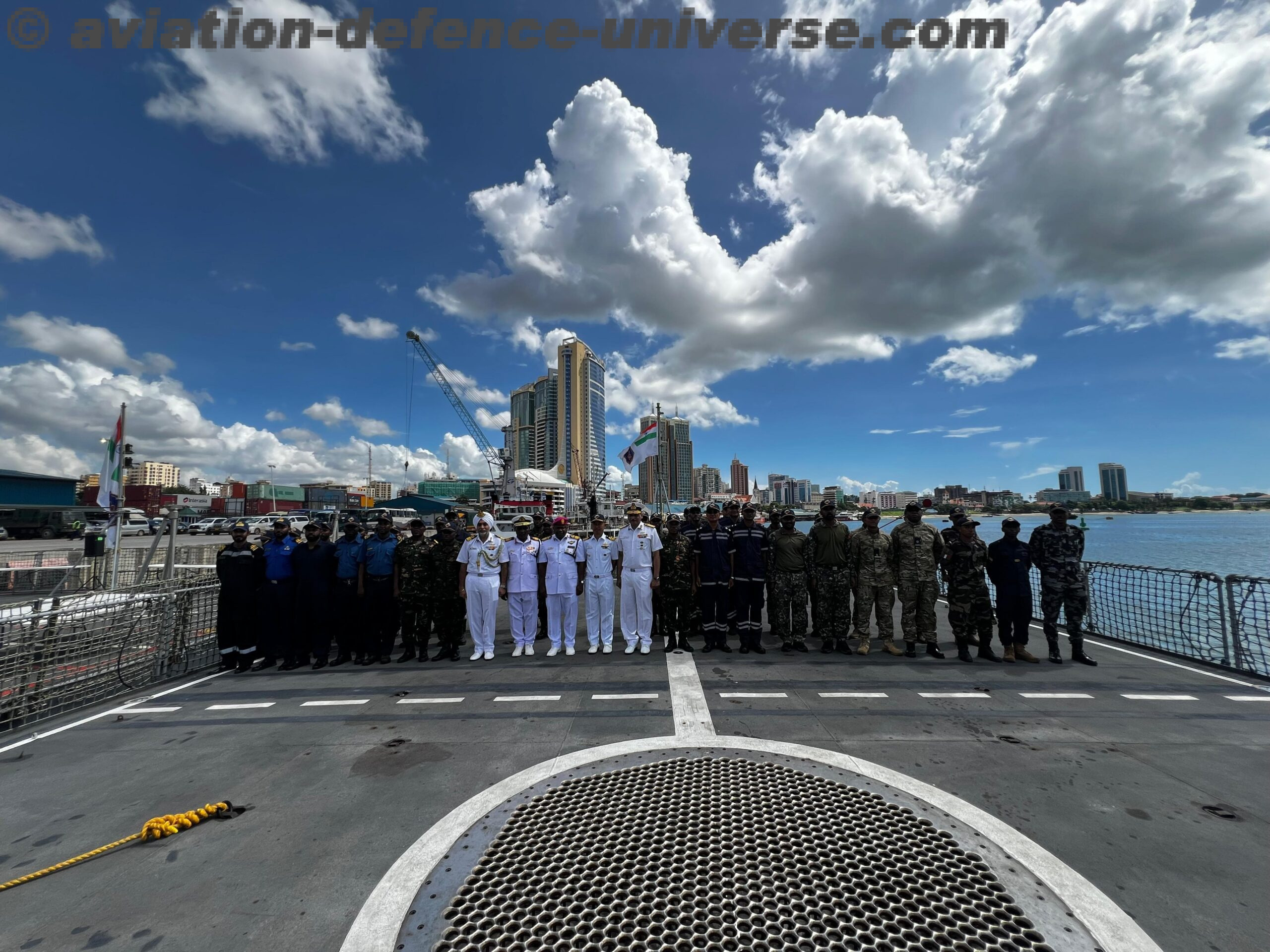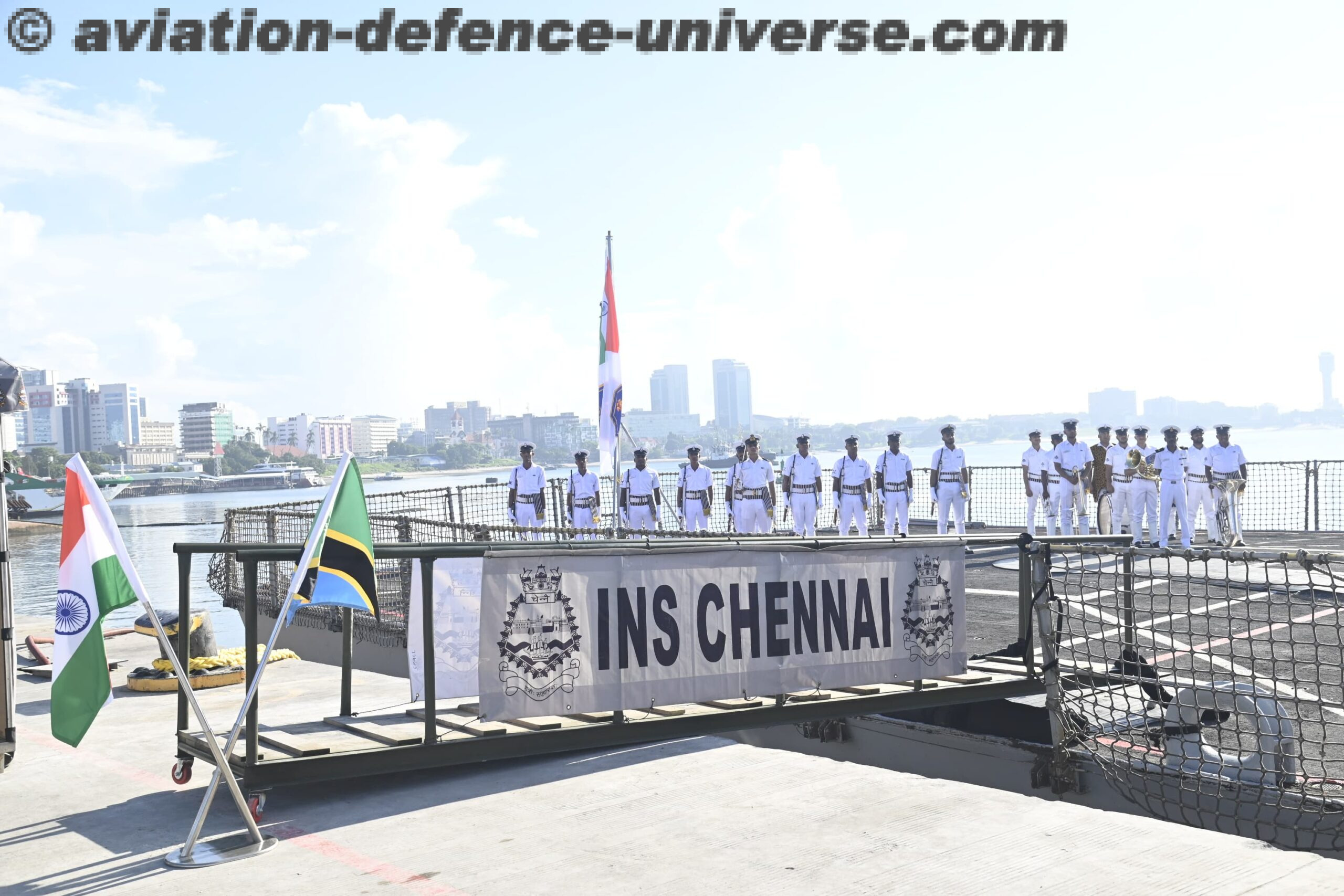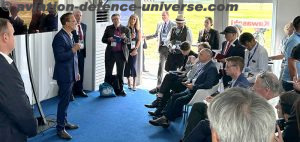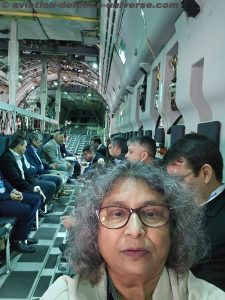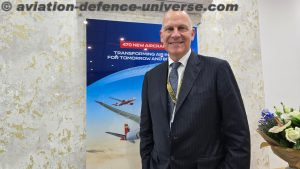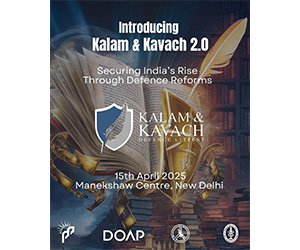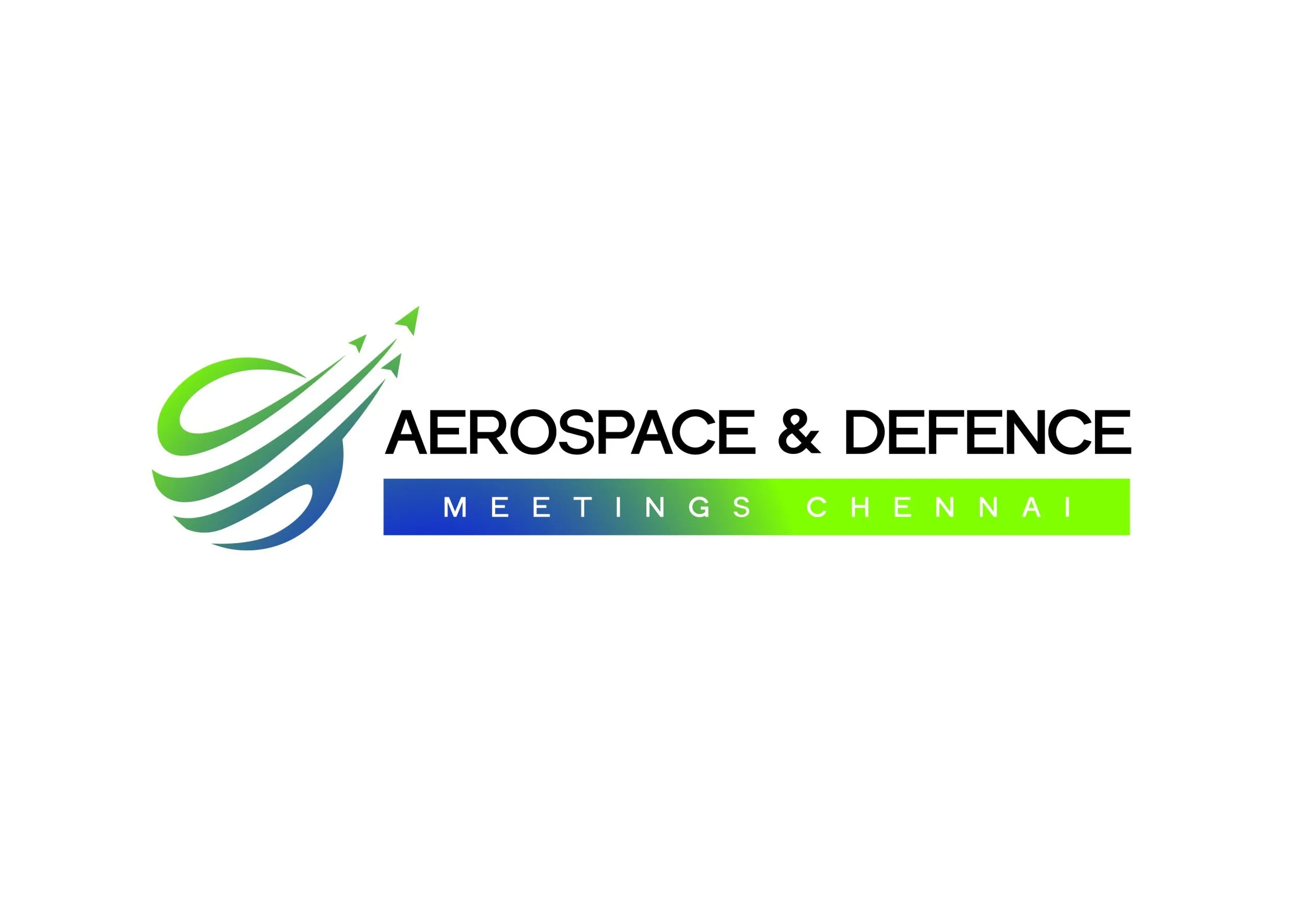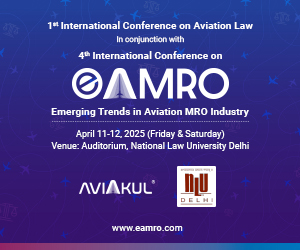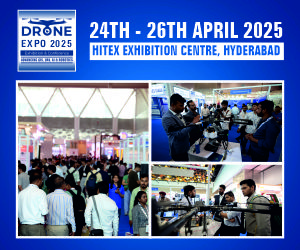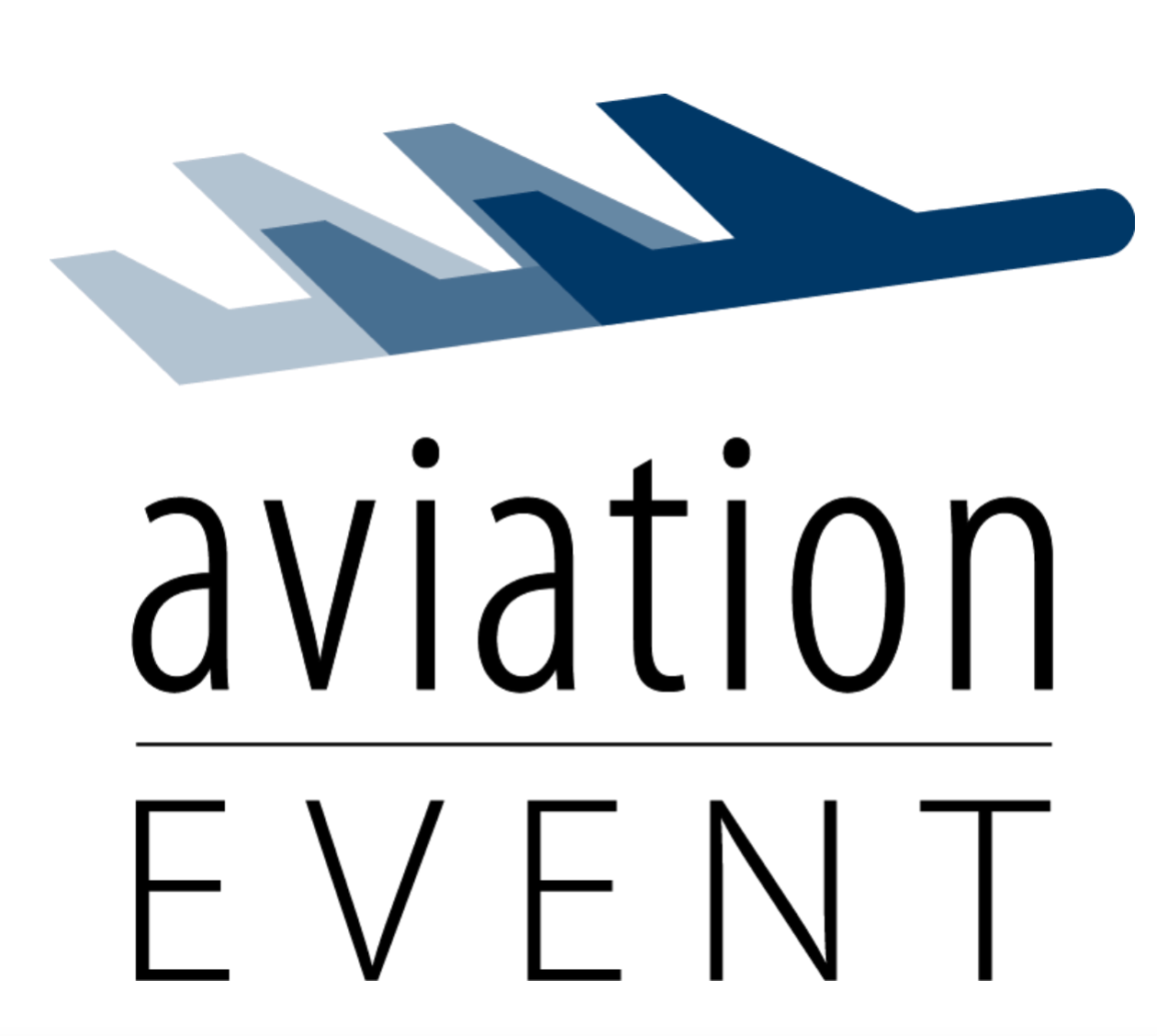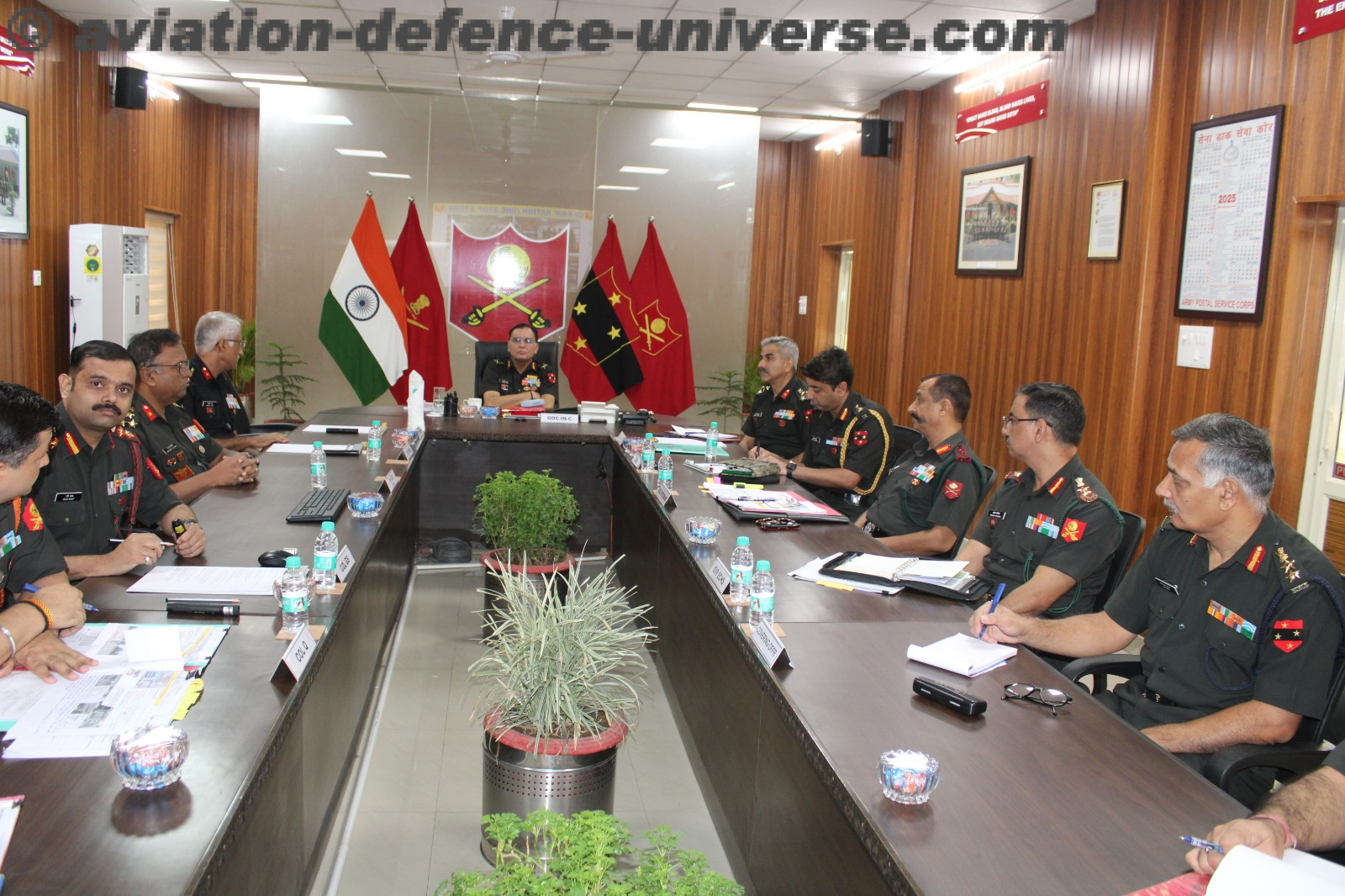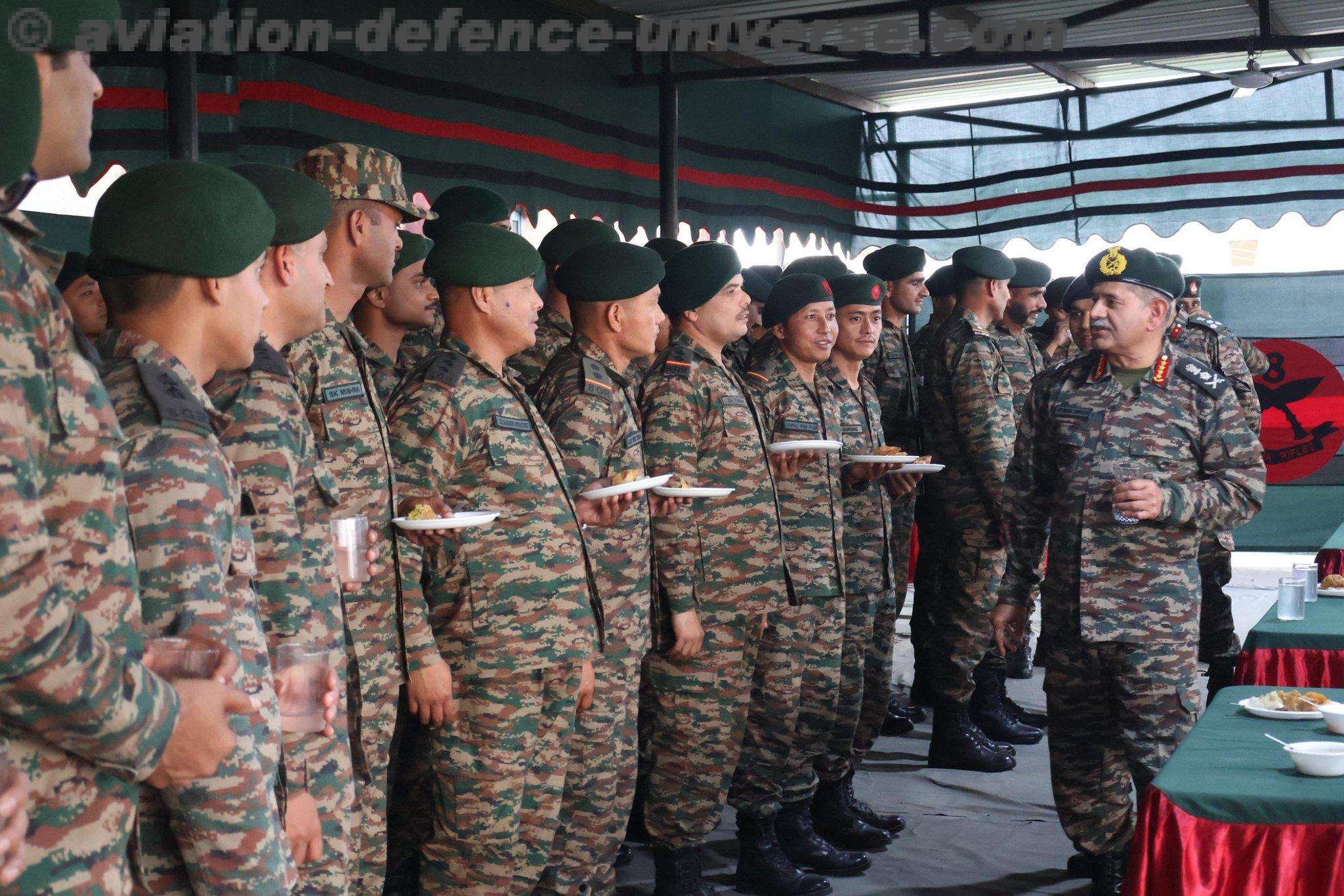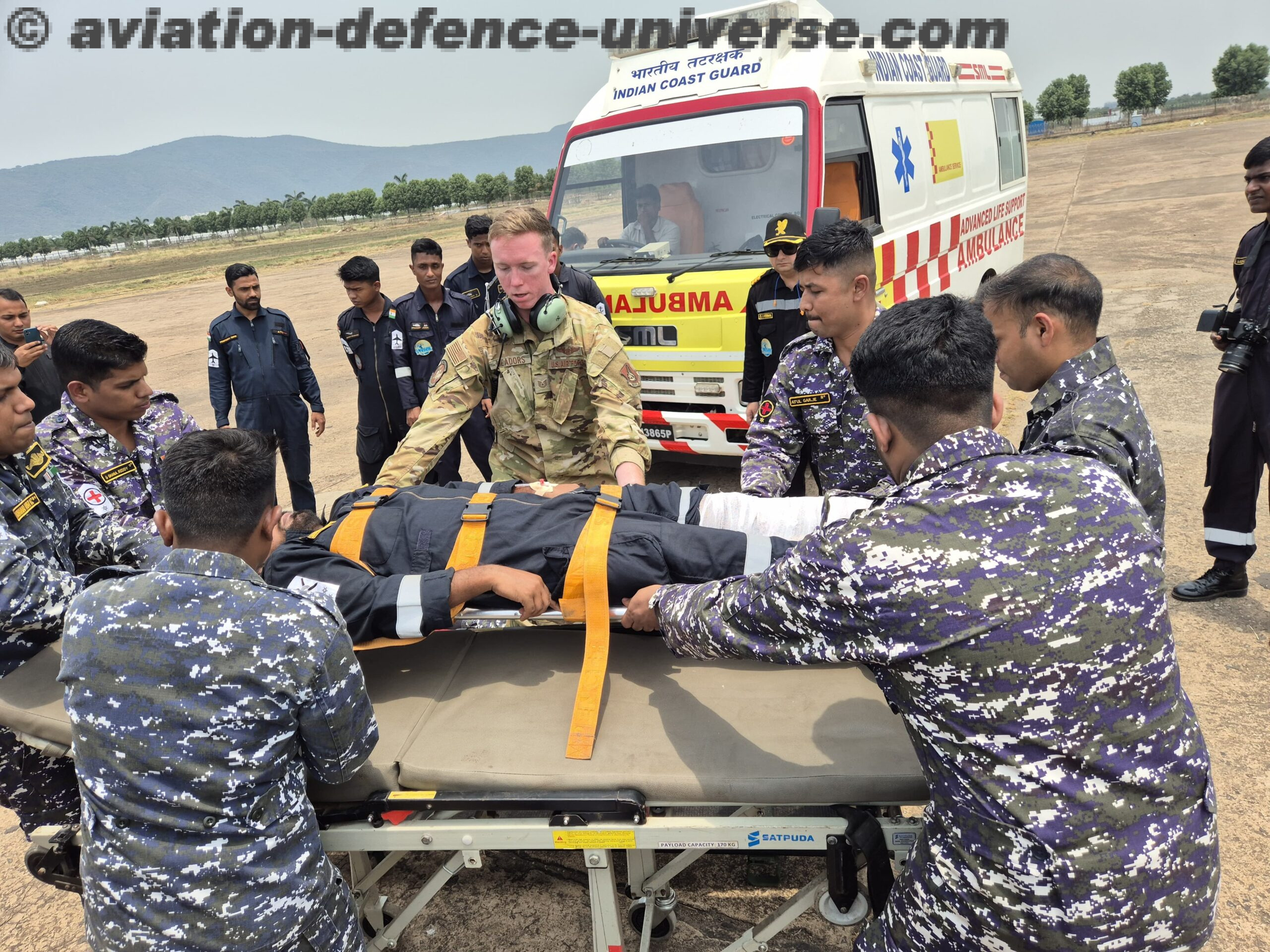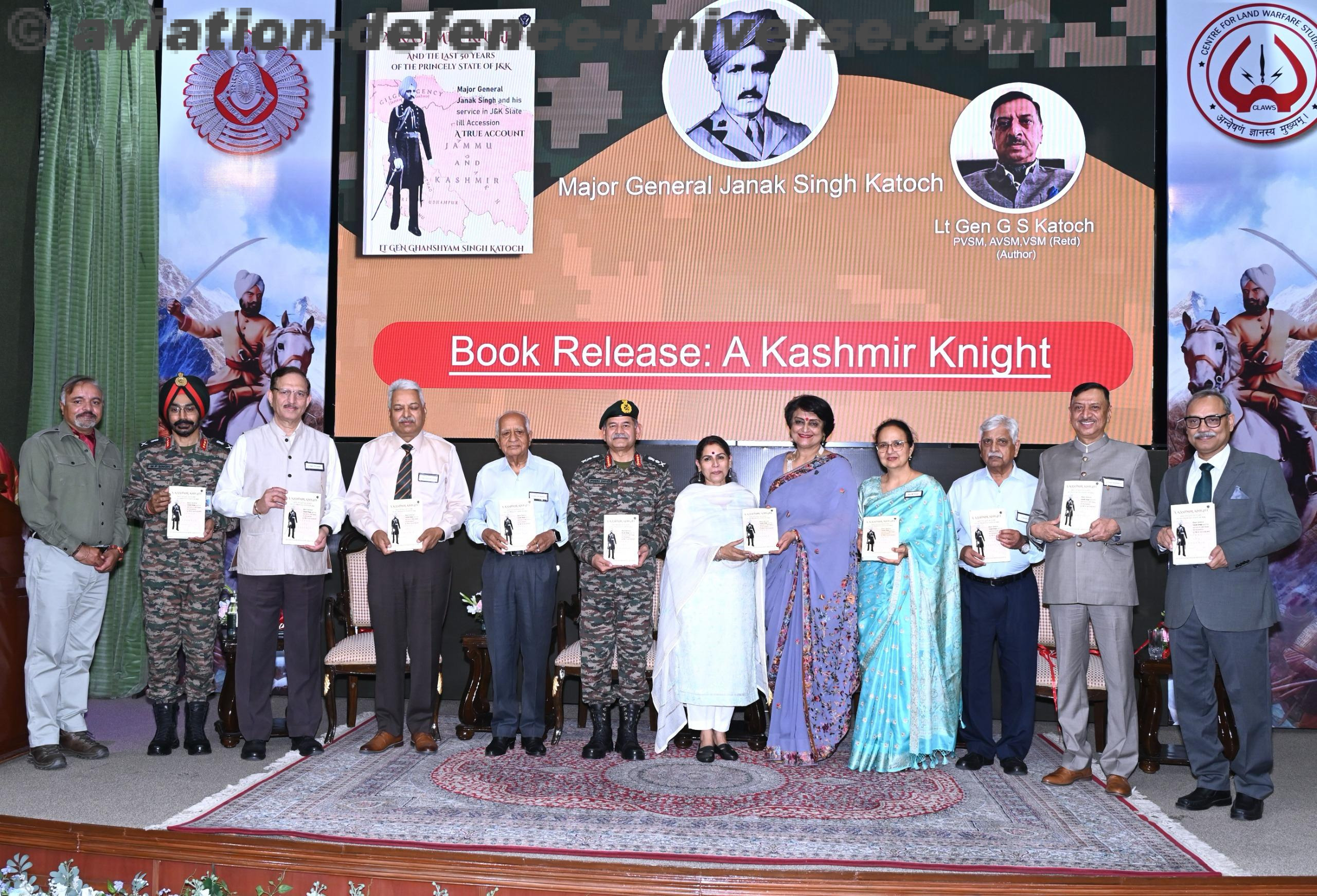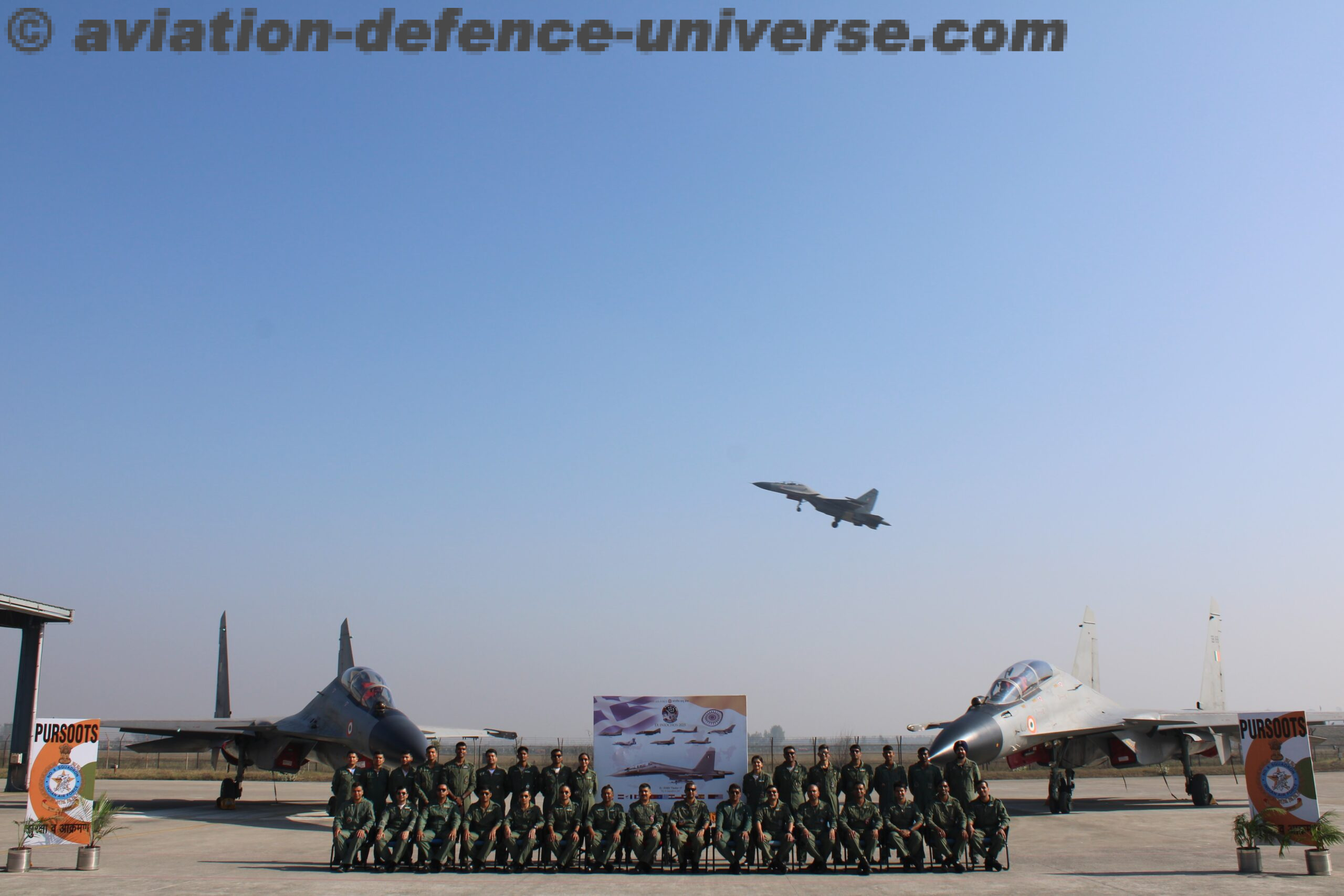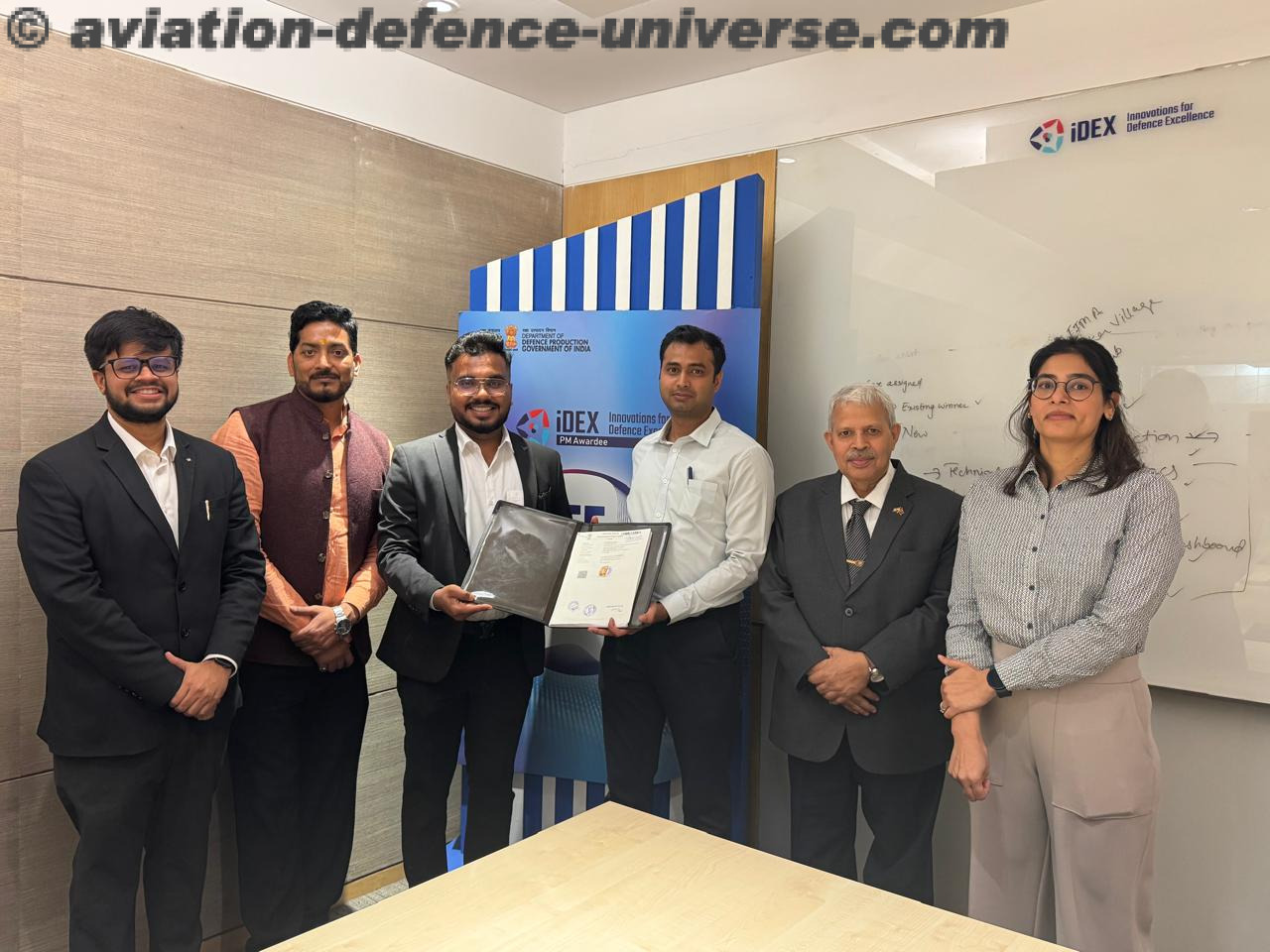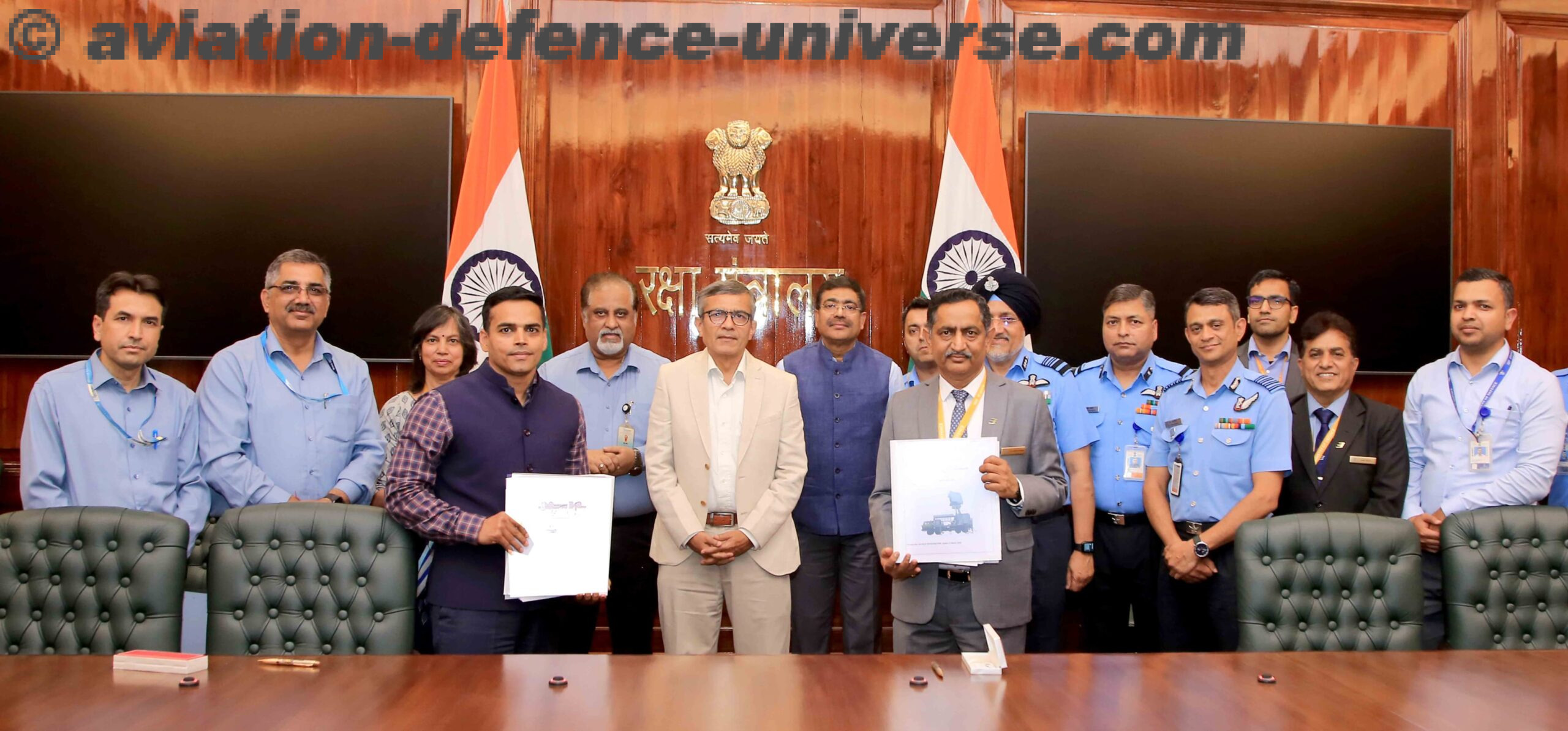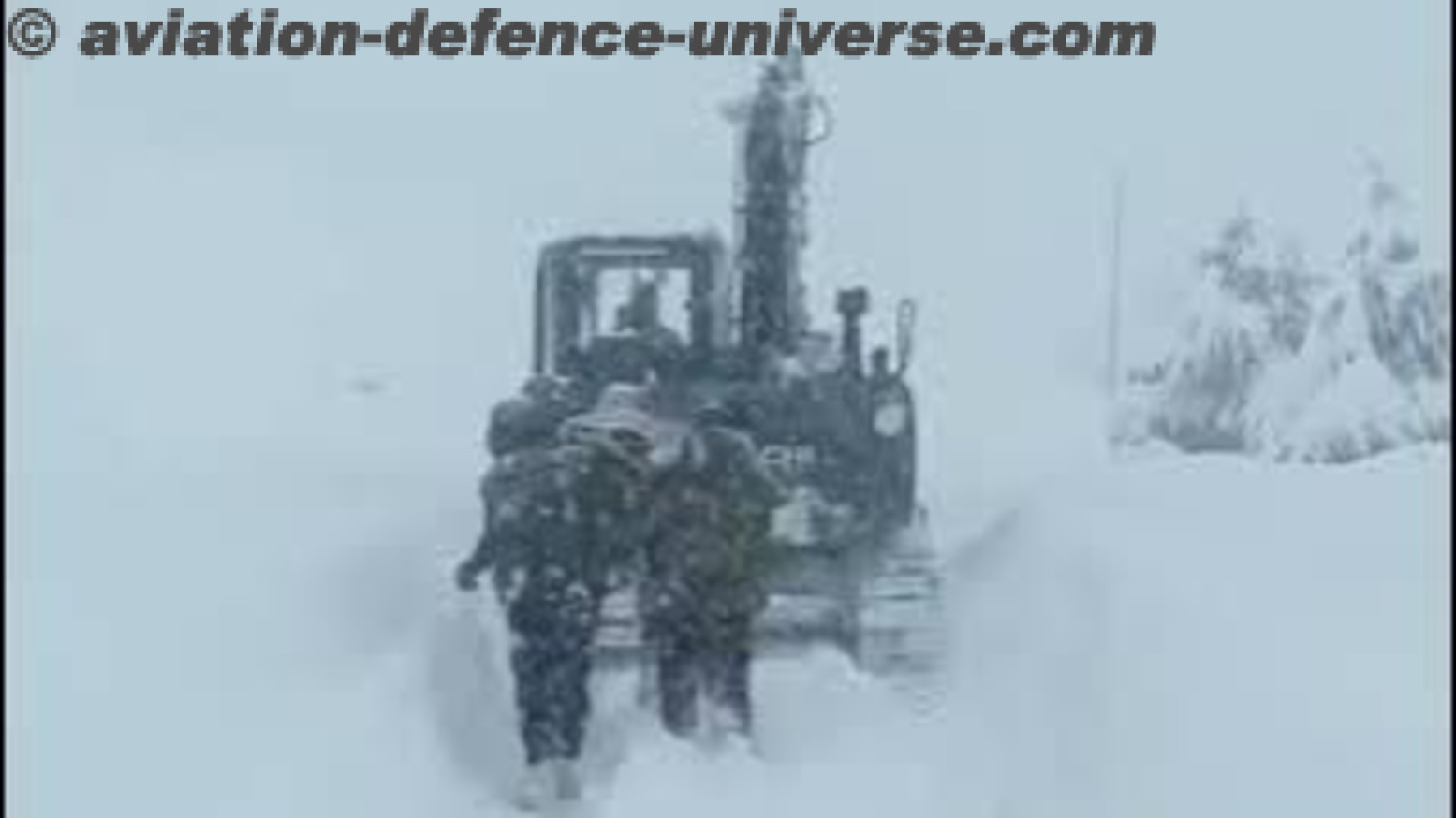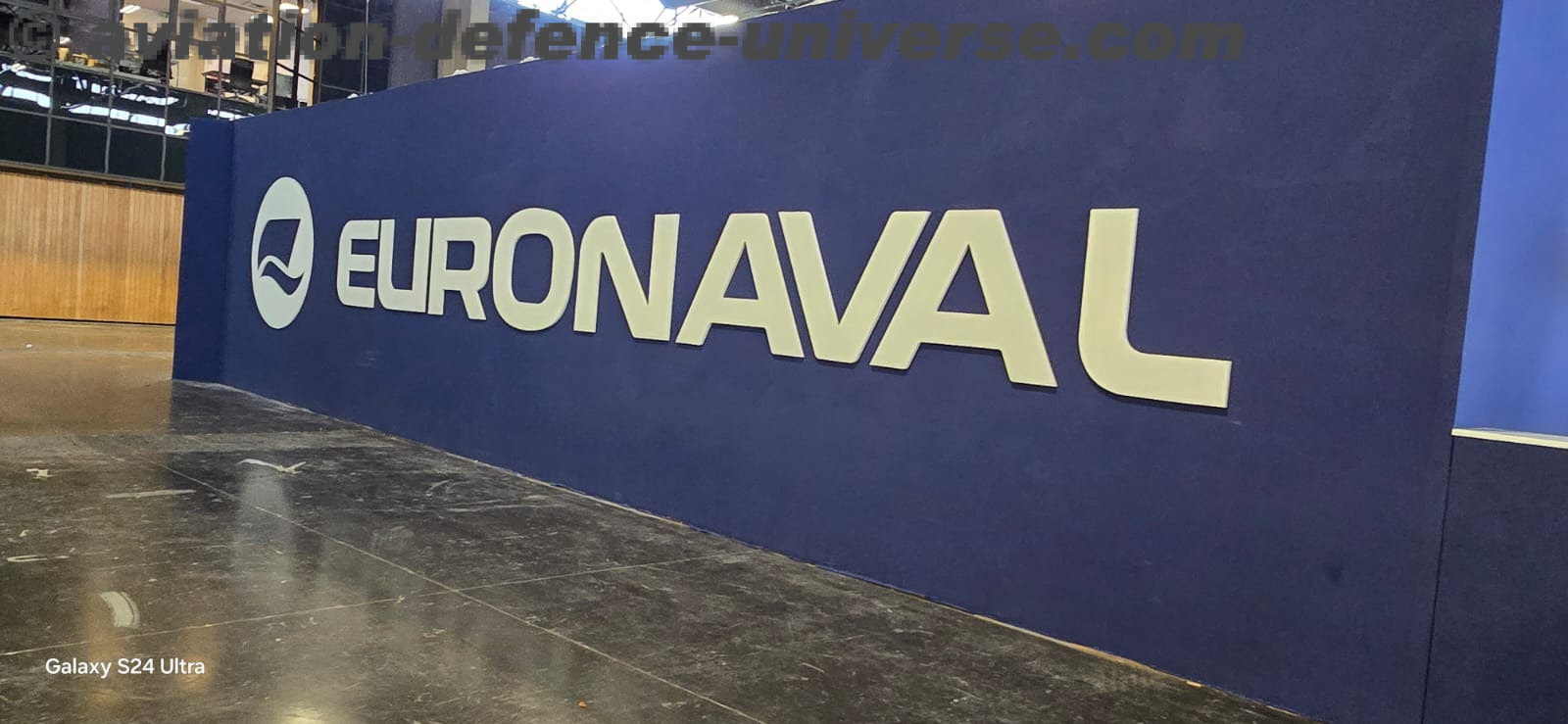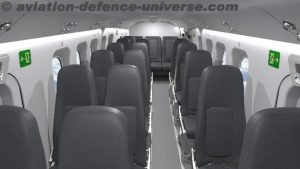 Farnborough, United Kingdom, July 23, 2024 – Introduced last year at the 2023 Paris Airshow, the De Havilland Canada DHC-6 Twin Otter Classic 300-G (Classic 300-G) is on schedule for certification later this year with first delivery in the first quarter of 2025.
Farnborough, United Kingdom, July 23, 2024 – Introduced last year at the 2023 Paris Airshow, the De Havilland Canada DHC-6 Twin Otter Classic 300-G (Classic 300-G) is on schedule for certification later this year with first delivery in the first quarter of 2025.
Production of the first Twin Otter Classic 300-G is well underway in our facilities in Calgary, Alberta. This aircraft will be the 998th Twin Otter produced since the aircraft was launched and the 1000th Twin Otter will be completed shortly after the first Classic 300-G is delivered.
As part of the certification and production process for the Classic 300-G, a new Garmin 1000 avionics suite is being certified by Transport Canada for inclusion as standard on new aircraft.
In addition to the new Garmin avionics suite, today at the Farnborough Airshow, De Havilland Canada introduced our all-new cabin interior for the aircraft.
De Havilland Canada has selected GAL Aerospace for the new interior panels and Aviointeriors SPA as suppliers for the new passenger seats.
The new interior of the Twin Otter enhances passenger comfort while significantly reducing the aircraft’s Basic Empty Weight. The panels are all-new, crafted from durable and lightweight materials. Redesigned passenger interfaces are integrated into the ceiling, featuring intuitive pictograms for placards and new cabin window bezels that allow more light to fill the cabin. The all-new seats are 15% lighter, come with e-leather upholstery as standard, and feature a convenient fold-flat backrest. These improvements allow operators to transport more passengers or cargo per flight, maximizing efficiency and operational capacity.
For current operators looking to modernize their Twin Otters, the Garmin avionics suite, redesigned cabin interior, and new passenger seats are now available to order from DHC, with deliveries expected in 2025.
The Classic 300-G is the newest generation of the Twin Otter, carrying passengers, transporting VIPs, moving cargo, conducting medivac operations, and performing special missions in the world’s most unforgiving environments. When mounted on amphibious floats, these aircraft move seamlessly between paved surfaces and water-landing areas.


